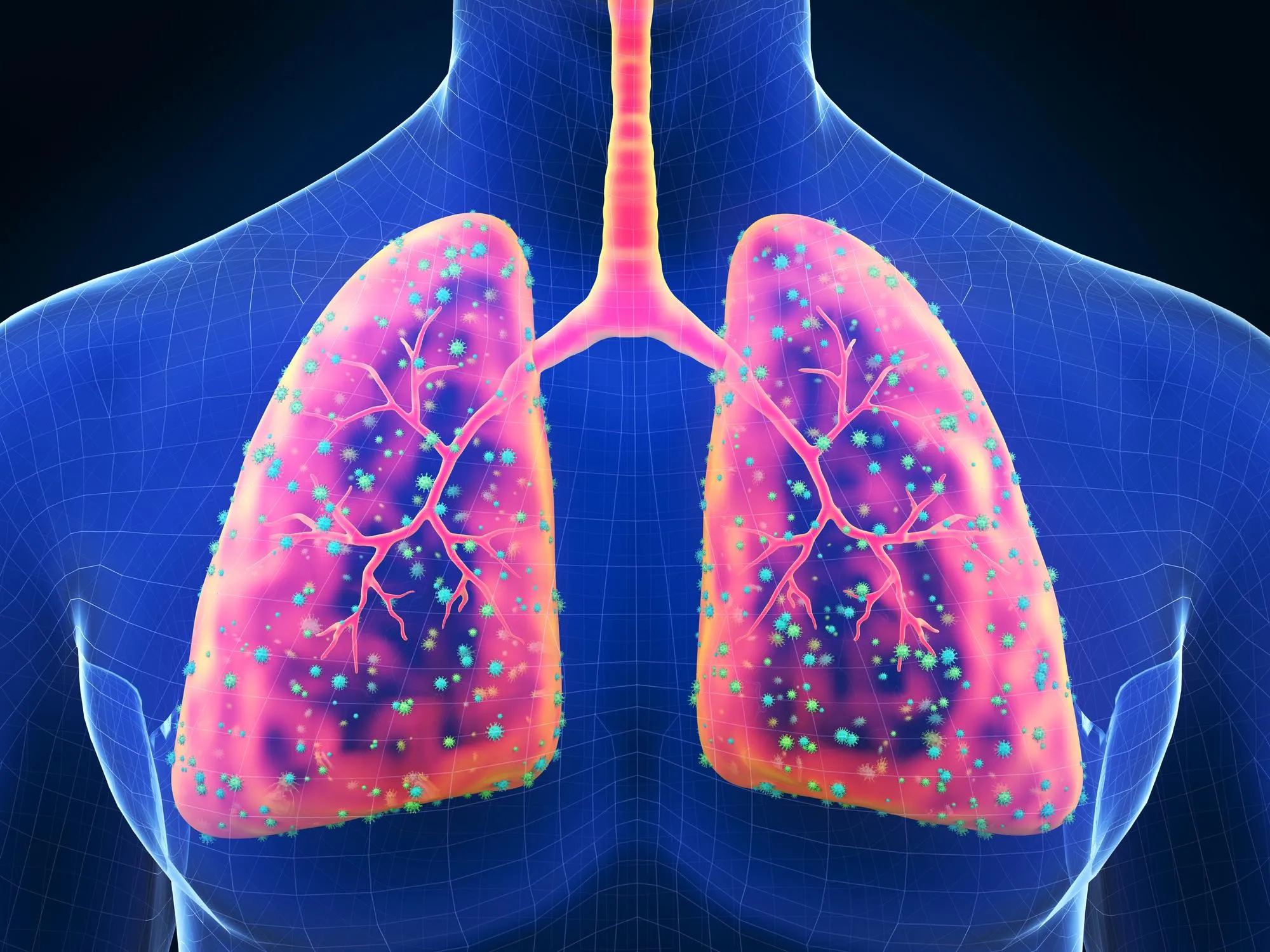As the healthcare system in the United States continues to grapple with disparities, lung cancer stands as a prominent area where the imbalance is profoundly evident. Despite advancements in early detection and the availability of lung cancer screening programs, a staggering inverse care law perpetuates, wherein those who require healthcare the most often receive it the least. This notion is vividly highlighted in a critical editorial by Renda Soylemez Wiener and M. Patricia Rivera, published in the May 2019 issue of Chest (Wiener, 2019).
DOI: 10.1016/j.chest.2019.01.018
The Paradox of Availability and Accessibility
Lung cancer remains the leading cause of cancer death in the United States, accounting for more deaths than breast, prostate, and colorectal cancers combined. Early detection through low-dose CT screening for lung cancer has been shown to reduce mortality by 20% among high-risk populations, such as heavy smokers. However, the implementation of these potentially life-saving programs has failed to reach a considerable portion of those in need, predominantly due to socioeconomic factors and the geographic distribution of healthcare resources.
The concept of the inverse care law, where the availability of good medical care inversely varies with the need of the population served, is particularly relevant in the context of lung cancer screening. Wiener and Rivera discuss how lung cancer screening programs are often less accessible in areas where the incidence of lung cancer is higher, typically regions with lower socioeconomic status and a higher prevalence of smoking.
Furthermore, the editorial points out that while the number of available screening programs has increased in the US, their distribution does not align with the demographic characteristics of the high-risk population. For instance, screening programs are more frequently established in urban centers and well-resourced healthcare institutions. Conversely, rural areas, where lung cancer incidence and mortality may be higher, are often underserved.
The Editorial’s Call to Action
Wiener and Rivera’s article is not merely a presentation of the status quo but also a vigorous call to action. They urge policymakers, healthcare providers, and public health professionals to address the significant barriers faced by high-risk individuals in accessing lung cancer screening. They emphasize that for the full benefit of early detection to be realized, an equitable approach to healthcare delivery is vital.
The editorial also underscores the importance of educating primary care providers about the importance of lung cancer screening and the need to engage patients in informed decision-making. There is a strong case for ensuring that all eligible individuals, regardless of their socio-economic status or geographical location, have the information and opportunity to undergo screening.
Moving Forward: Overcoming the Inverse Care Law
Addressing these gaps in lung cancer screening is a multi-faceted challenge that requires concerted efforts. Some action points include:
Policy Interventions: Advocating for policies that ensure funds and resources are directed to underserved areas. Also, insurance coverage for lung cancer screening needs to be universally applied.
Infrastructure Development: Establishing mobile screening units or providing transportation assistance to bridge the gap for those in rural or inaccessible areas.
Education and Outreach: Conducting public health campaigns focused on smoking cessation and the benefits of lung cancer screening in high-risk communities.
Research: Supporting studies that explore alternative modes of screening that could potentially be more accessible to the general population.
Collaborative Efforts: Engaging various stakeholders – healthcare systems, community organizations, and patients – to create a more inclusive environment for lung cancer screening.
References
1. Wiener, Renda Soylemez, and Rivera, M. Patricia. (2019). Access to Lung Cancer Screening Programs in the United States: Perpetuating the Inverse Care Law. Chest, 155(5), 883-885. DOI: 10.1016/j.chest.2019.01.018
2. National Lung Screening Trial Research Team. (2011). Reduced Lung-Cancer Mortality with Low-Dose Computed Tomographic Screening. The New England Journal of Medicine, 365, 395-409.
3. American Cancer Society. (2020). Cancer Facts & Figures 2020. https://www.cancer.org/cancer/lung-cancer.html
4. Ma, J., Ward, E. M., Smith, R., & Jemal, A. (2013). Annual number of lung cancer deaths potentially avertable by screening in the United States. Cancer, 119(7), 1381-1385. DOI: 10.1002/cncr.27813
5. Katz, S. J., & Hofer, T. P. (1994). Socioeconomic disparities in preventive care persist despite universal coverage—Breast and cervical cancer screening in Ontario and the United States. JAMA, 272(7), 530-534.
Keywords
1. Lung Cancer Screening
2. Healthcare Disparities
3. Inverse Care Law
4. Early Detection of Cancer
5. CT Screening Programs
